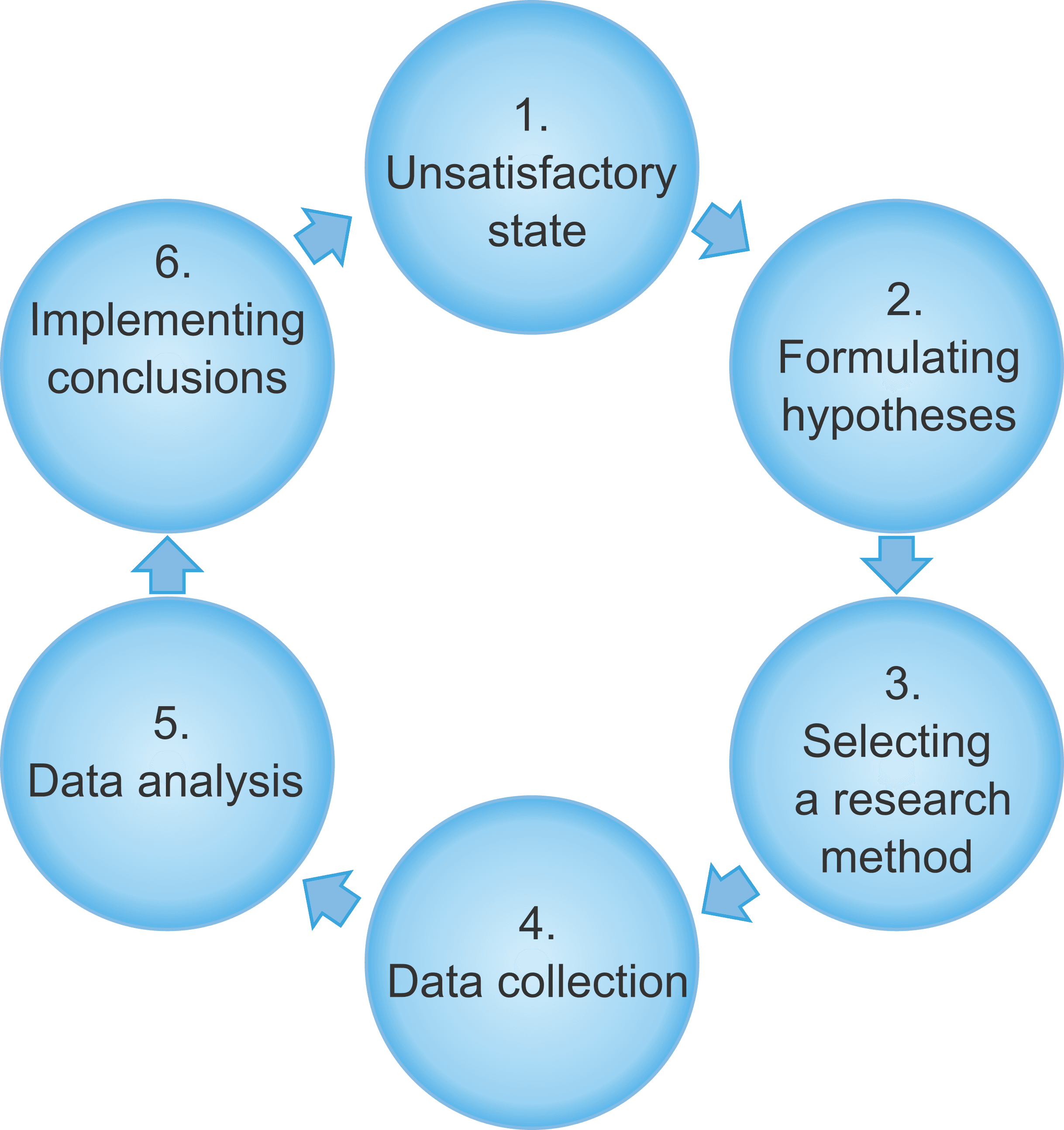Quantitative Research 1 – Introduction
Welcome to our series on quantitative (empirical) research. We wrote it for everyone interested in surveys, both online and offline. Its different part will acquaint you with the general framework for quantitative research. It starts with a simplified description, continues on through research problems, and ends up at the topic of picking a sample.
This is a nine-part series with three smaller blocks inside it. The articles in it were originally released weekly. Its introductory articles are followed by a block covering the topic of how to compose questionnaires correctly and easily. The last block, meanwhile, focuses on a special area of quantitative research: online surveys.
What Is Quantitative Research?
Quantitative research is a method for data collection and for scientific and non-scientific research. Its goal is to describe the area being researched. Research should be done using multiple methods, but quantitative research tends to be used the most often, because it is simple and undemanding.
You can think of the quantitative method as data collection that is focused on large numbers of respondents. These respondents most often answer questions through questionnaires, which are then processed and statistically evaluated.
Research Methods
Quantitative studies are often also linked with qualitative research. To choose a research method well, every researcher should consider these questions (we cover the topic of formulating questions elsewhere):
- What am I researching?
- What is my target group?
- How much can I spend?
- What do I want to achieve?
- What is my viewpoint?
The following table shows the difference between quantitative and qualitative data collection:
Quantitative Data Collection |
Qualitative Data Collection* |
|
The survey sample has a large number of respondents |
The survey sample has a small number of respondents |
|
Mainly performed using questionnaire surveys |
Mainly performed using personal interviews |
|
Explores problems around the edges |
Explores problems in detail |
|
Small time demands |
Large time demands |
|
Deduction* from results |
Induction* from results |
|
Statistical data processing |
Non-statistical data processing |
Research Process Schematic
The picture below expresses the typical research process—from an unsatisfactory state to the formulation of conclusions.
- Unsatisfactory state—you have a problem that you want to solve, but you don’t know exactly how.
- Formulating hypotheses—proposing a prerequisite for the unsatisfactory state and a method for solving the problem.
- Selecting a research method—the targeted selection of a research method, based on the predefined hypotheses and research questions.
- Data collection—the process of acquiring answers from respondents using the selected data collection method.
- Data analysis—processing the data obtained from the data collection process.
- Implementing conclusions—transferring new knowledge from the whole research process into the unsatisfactory state for the “project.”
Advantages of Quantitative Research
- If you choose this method (a quantitative research questionnaire), it will bring you large numbers of responses from your clients, customers, and users, and the other user groups that you or your organization is focusing on. Based on the statistical processing of quantitatively acquired data, you can use your new knowledge for effective decision-making, precise planning, communication with customers, etc.
- This method is also notable in that it is quick, inexpensive, and manageable for individuals, especially if an online data collection questionnaire is used.
Disadvantages of Quantitative Research
- Results from quantitative research can be too general. They are not always able to describe a problem in detail.
- The researcher can overlook important properties of the sample surveyed, due to focusing on a specific problem and possibly not taking into account its wider context.
In a separate piece, we focus on the formulation of of the research problem and the steps connected with it that are important for successfully handling the whole research process.
If you have any questions, suggestions, or remarks (on this series or otherwise), please don’t hesitate to contact us via Facebook, Twitter, G+ or e-mail.
Glossary
- Qualitative data collection—a method that studies a small sample group to gain valuable and detailed information, primarily through long interviews and personal contact
- Deduction—arriving at a certain conclusion from a large amount of data obtained from a large number of people (progressing from a general conclusion to an individual one) Example: Most customers are dissatisfied with the location of the shopping center = the shopping center’s location is poorly chosen.
- Induction—arriving at a general conclusion based on a small amount of data acquired from a small number of people (progressing from an individual conclusion to a general one) Example: All 10 students studied like to visit the café = Students like to visit the café / Students like coffee.
- Hypothesis—the prerequisite for research (it can be confirmed or denied)
- Respondent—a research participant who responds to questions
- Statistical processing—processing data obtained from questionnaires, which is visualized in an easy-to-read manner (most often it is processed into the form of graphs and tables)
Create your own questionnaire or survey for free
Setting up your first survey is quick and straight forward. Choose from one of 100 predefined templates or create your own from the scratch. Start getting your first responses in 5 minutes.
Create your own survey







